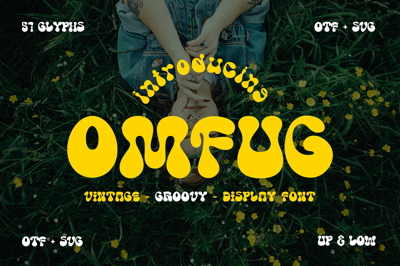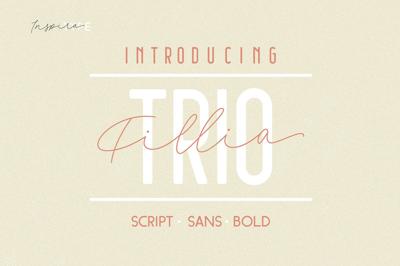Font Selection Guide
Font Selection Guide: How to Choose the Right Typography for Your Project
Choosing the perfect font isn’t just a design decision—it’s a strategic one. The right typography can amplify your message, build trust, and emotionally connect with your audience. But with thousands of fonts available, how do you pick the one that actually fits your project?
In this comprehensive guide, we’ll break down the key factors that influence font selection, provide real-world examples, and help you align your typography choices with your goals—whether you’re designing a website, crafting a logo, or putting together a pitch deck.
Why Font Choice Matters
Typography is visual tone. Just as a voice can sound professional, playful, or dramatic, so can a font. It shapes how your content is perceived—and remembered.
“Typography is the craft of endowing human language with a durable visual form.” – Robert Bringhurst
Poor font choices can confuse users, damage credibility, or clash with your brand. Great font choices? They quietly elevate everything.
Key Factors to Consider
1. Project Purpose & Platform
Are you creating a brand, building a website, designing a mobile app, or publishing a printed book? Different platforms demand different typographic qualities.
-
Web & App Design: Prioritize readability and performance. Fonts like Roboto, Inter, or Open Sans are optimized for screen.
-
Print Design: You have more freedom. Serif fonts like Garamond or Baskerville shine here.
-
Branding & Logos: Go bold and distinctive. Try Futura, Montserrat, or Bebas Neue for visual impact.
2. Audience & Tone
Typography should reflect your audience’s expectations and your brand’s voice.
| Audience | Font Style Recommendation |
|---|---|
| Tech-savvy Users | Modern Sans-Serif (e.g., Roboto, SF Pro) |
| Luxury Consumers | Elegant Serif (e.g., Playfair, Didot) |
| Children/Youth | Fun & Friendly (e.g., Comic Neue, Fredoka) |
| Academic Readers | Classic Serif (e.g., Georgia, Lora) |
3. Readability & Accessibility
Design isn’t just about looking good—it’s about being understood. A beautiful font that’s hard to read fails the mission.
-
Body Text: Stick with highly legible fonts in medium weight.
-
Contrast: Ensure your font color stands out against the background.
-
Line Height & Spacing: Don’t cram! White space improves flow and comprehension.
4. Licensing & Budget
Always verify whether the font is free for commercial use or requires a license. Here are some trusted sources:
-
FreeForFonts.com – Curated selection of free, quality fonts
-
Google Fonts – Open-source and easy to integrate
-
Adobe Fonts – Premium and professional (Creative Cloud required)
Pro Tips for Smart Font Pairing
-
Mix Serif + Sans-Serif: Create visual contrast (e.g., Merriweather + Open Sans).
-
Use Superfamilies: Fonts like Roboto or Lato offer multiple weights and styles that pair beautifully.
-
Limit Yourself: Stick to 2–3 fonts max per project to avoid clutter.
-
Hierarchy Is Key: Use size, weight, and spacing to guide the reader’s eye.
Examples of Font Choices by Project Type
| Project Type | Great Font Choices |
|---|---|
| Blog or Editorial | Lora (body) + Playfair Display (headlines) |
| Corporate Website | Inter + IBM Plex Sans |
| Portfolio Site | Montserrat + Libre Baskerville |
| E-commerce Brand | Poppins + Source Sans Pro |
| Event Poster | Anton or Bebas Neue for boldness |
Tools to Try
-
Fontjoy – AI-powered font pairing suggestions
-
Typewolf – Real-world font use and recommendations
-
WhatFont (Chrome Extension) – Identify fonts on any website
-
Figma/Canva/Adobe Fonts Preview – Test fonts in your layouts
Final Thoughts
Typography isn’t just decoration—it’s design with a purpose. The font you choose should serve the story, reinforce your brand, and make your message easier to absorb.
Take your time. Experiment. And always test your choices in context. Because when the right font meets the right project, magic happens.


